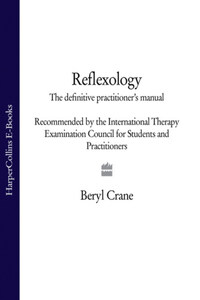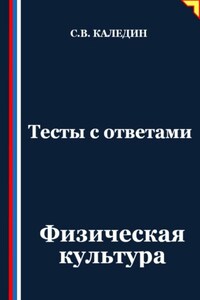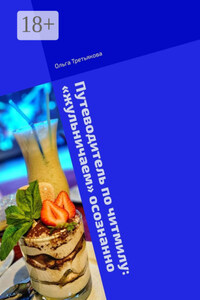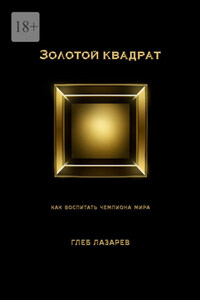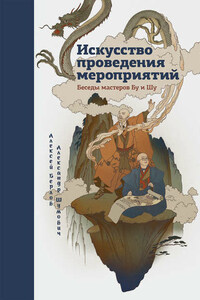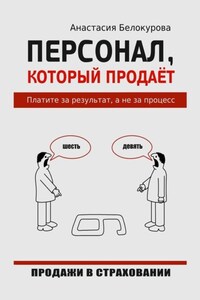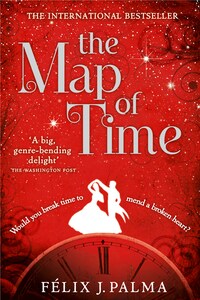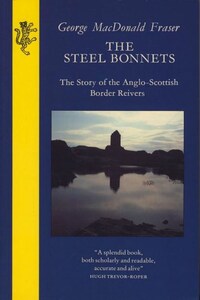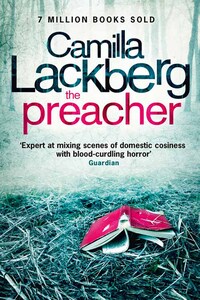Reflexology
The Definitive Practitioner’s Manual
Recommended by the International Therapy Examination Council for Students and Practitioners
I would like to dedicate this book to my husband of 43 years, who I love dearly for his patience, understanding and love, which were sorely tested throughout the time that this book was in the making.
The author has been known to me for many years and I have great respect, not only for her expertise in the field of reflexology, but for her very wide knowledge of the subject.
As a complementary therapy, reflexology is daily gaining the approbation of patients and other professionals including general practitioners and hospital doctors. This is due to the work and dedication of reflexologists, of whom Beryl Crane is an outstanding example.
It gives me the greatest of pleasure to recommend this excellent and well researched book to all serious students of this therapy.
Dr William Arnold-Taylor MSc, PhD
Member Clinical Forensic Medicine;
Fellow of the Royal Society of Medicine;
Chairman of the International Therapy Examination Council Limited
Reflexology is a science based on the principle that reflexes, or areas, in the feet, hands and other parts of the body relate to the internal organs and other structures of the body.
There are several definitions of the word ‘reflex’, all of which are relevant here:
• ‘an involuntary unconscious response to stimuli’
• ‘a mirror image’
• ‘to turn or be directed back’.
The definition of ‘ology’ is the study of that branch of science. The term ‘microcosm’ is also relevant: this is defined as ‘a small system regarded as a little self-contained world that represents all the qualities or activities of something much larger’. In reflexology the feet, hands and ears are seen as a perfect microcosm of the body, with a somatic replication of all organs, glands and muscles of the body on to an area or a reflex point. Palpation or pressure on such points helps to achieve balance in the body by normalizing the function of internal organs through a system of zones that link particular reflexes with particular organs. This treatment by pressure helps to stimulate the body’s healing process and to allow the person to achieve physical and emotional well-being. There are many ways to apply pressure. Even wringing the hands or rubbing them together can be quite beneficial, while putting the fingertips together helps to stimulate the brain, and squeezing the fingers can relieve a headache or toothache. The points to which pressure is applied are located by reference to both Traditional Chinese Medicine (TCM) and the zone theory. The area just behind the ball of the foot is known as ‘Bubbling Spring’ (or ‘Well’) point, a vital point in the Chinese meridian theory; this is the same point where the solar plexus is represented on the feet in the reflexology theory. It is on these minute reflex areas that the reflexologist will apply precise alternating pressure techniques, thus bringing about a therapeutic effect on the corresponding area of the body.
